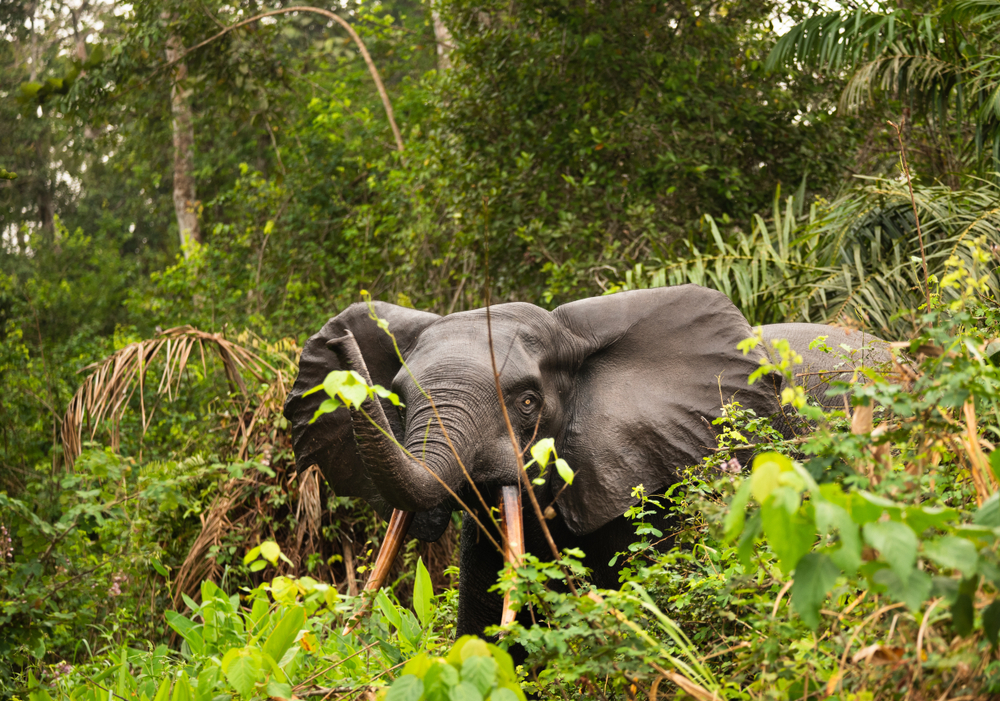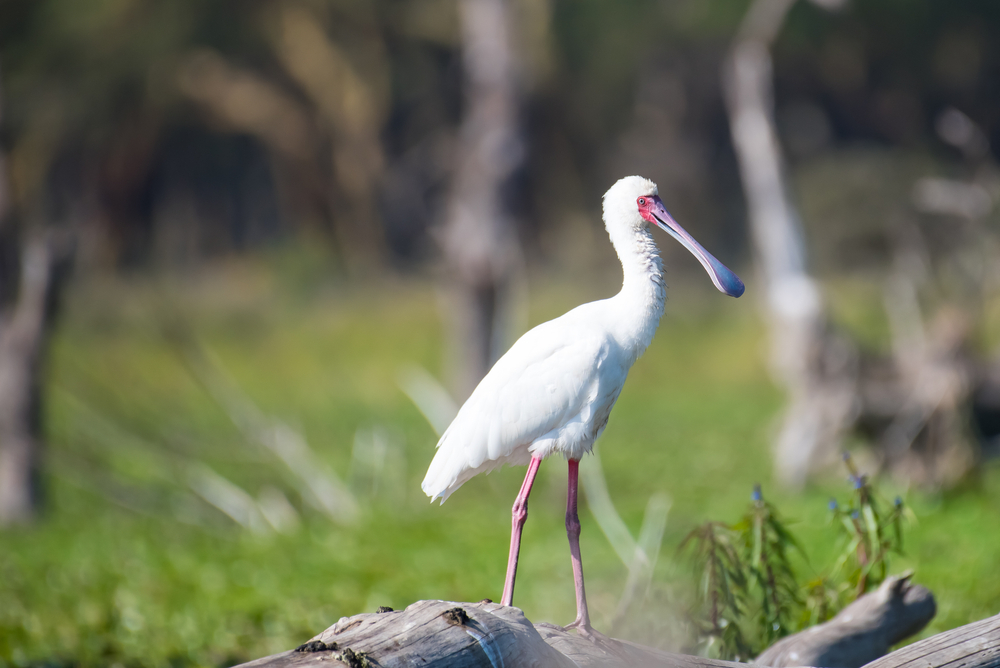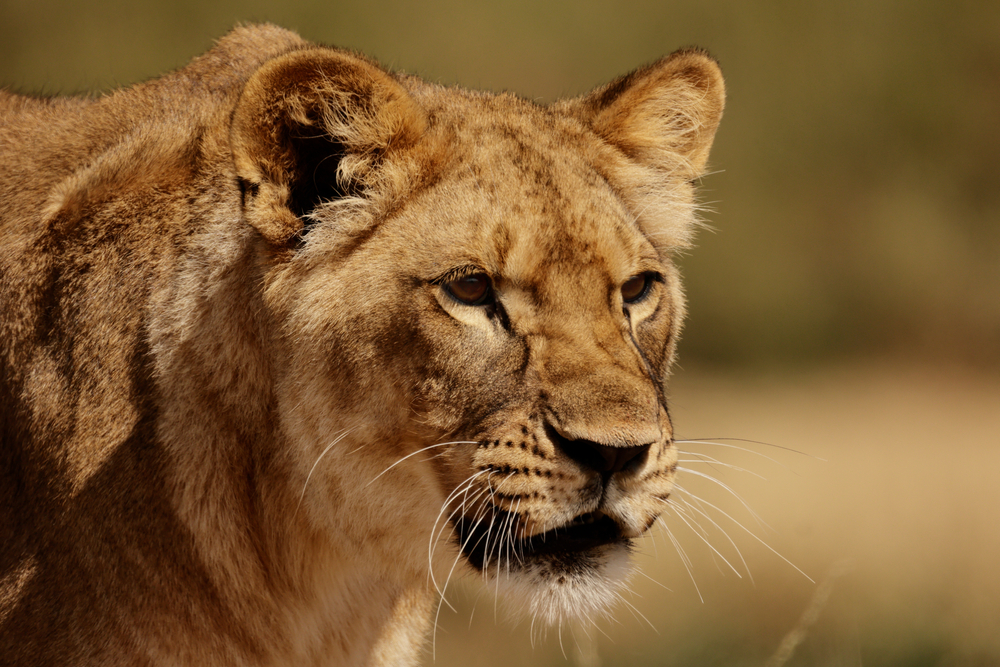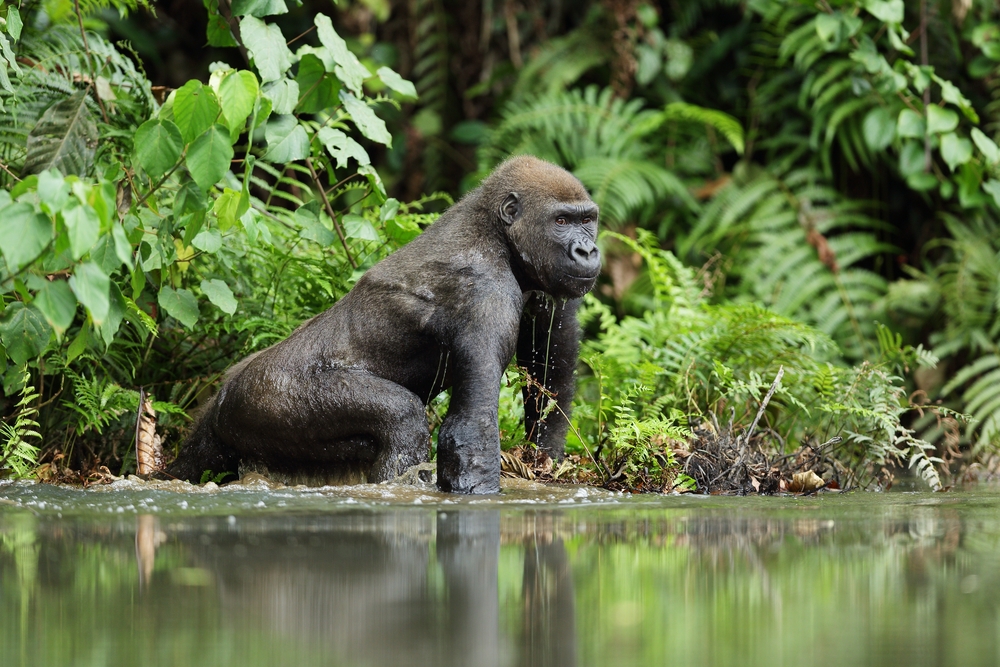Birougou Overview
Birougou National Park, locally known as “Parc National de Birougou”, is one of Gabon’s most ecologically rich and pristine national parks, located in the central region of the country. Covering an area of approximately 690 square kilometers (266 square miles), the park is part of the Chaillu Massif, a mountainous region known for its dense tropical rainforests and exceptional biodiversity. It plays a vital role in protecting Gabon’s unique ecosystems and is recognized for its importance as a biodiversity hotspot.
The terrain of Birougou National Park is dominated by rugged hills, valleys, and a network of rivers and streams that create a diverse and dynamic landscape. The park is covered primarily by dense rainforest, featuring towering trees, thick undergrowth, and a variety of mosses, ferns, and epiphytes. This environment supports an incredible array of flora and fauna, much of which is endemic to the region. The park also serves as a vital water catchment area, feeding rivers that are essential to surrounding communities.
Birougou is home to numerous species of wildlife, including some of the most iconic and endangered animals in Central Africa. Western lowland gorillas, forest elephants, and leopards roam the park, while smaller species like pangolins and duikers are also commonly found. The park is particularly significant for its birdlife, hosting rare and endemic species such as the grey-necked rockfowl. Its rivers and streams are rich with aquatic life, including various species of fish and amphibians.
Visitors to Birougou National Park can engage with its natural beauty through activities such as guided treks, wildlife observation, and birdwatching. The park’s rugged terrain makes it an exciting destination for adventurous travelers seeking to explore its lush forests and encounter its diverse wildlife. Educational tours led by local guides provide insight into the park’s ecological importance and the challenges it faces. Researchers also value the park for its scientific opportunities, studying its rare species and unique ecosystems.
Despite its ecological significance, Birougou National Park faces several conservation challenges. Logging and agricultural expansion have led to habitat degradation in surrounding areas, and poaching threatens the survival of its wildlife. Limited infrastructure and resources for park management add to these difficulties. However, Gabon’s commitment to conservation, supported by international organizations, has led to increased efforts to protect the park. Anti-poaching patrols, habitat restoration projects, and community engagement initiatives are gradually improving the park’s outlook.
Birougou National Park is a treasure trove of biodiversity and a vital part of Gabon’s conservation efforts. Its rainforests, wildlife, and cultural importance make it a symbol of the country’s natural heritage. By addressing conservation challenges and promoting sustainable tourism, the park can continue to thrive as a sanctuary for wildlife and a destination for eco-tourism, benefiting both nature and local communities.













































































